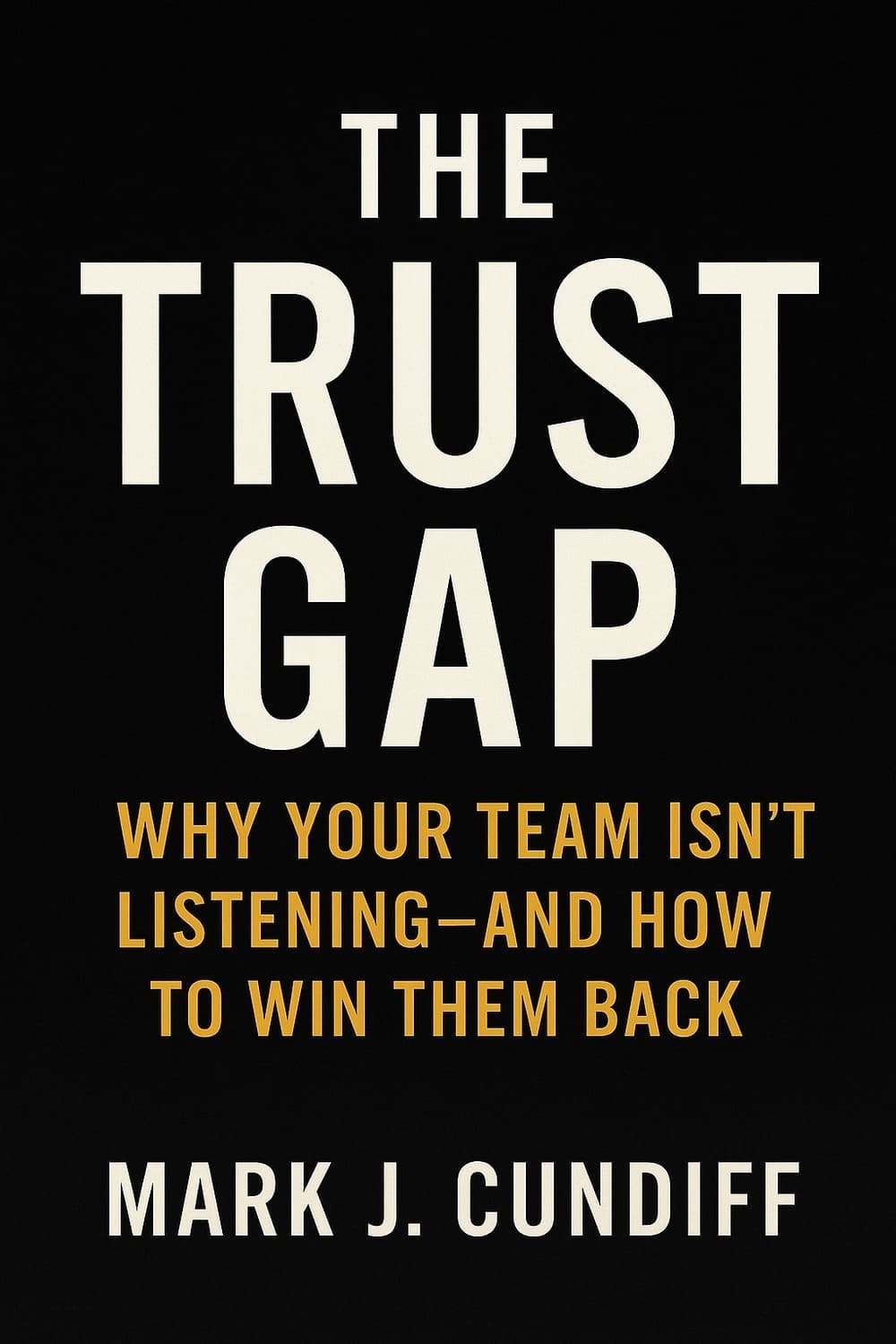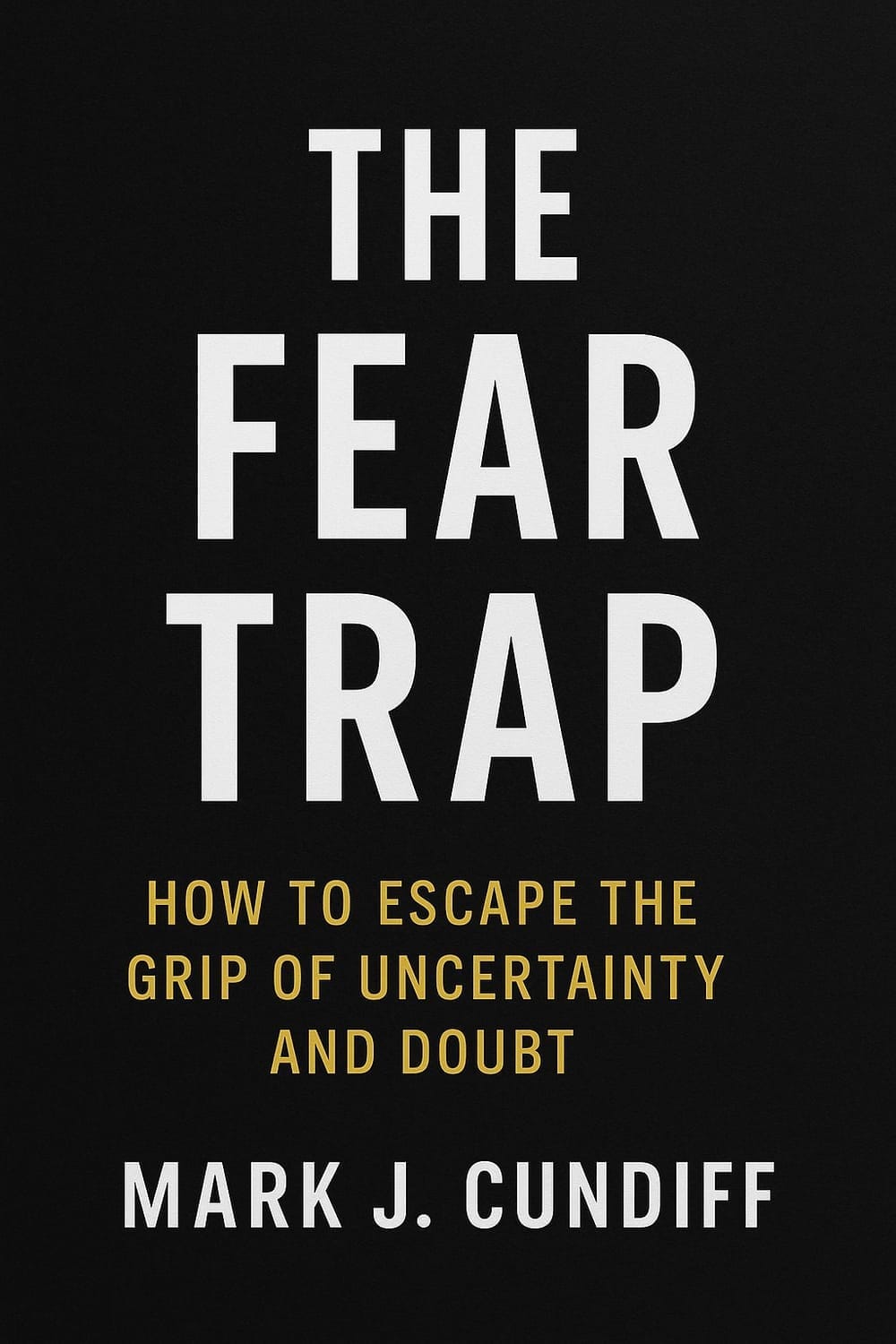The One Minute Manager by Ken Blanchard - Book Summary
Sarah looked at her laptop. The cursor blinked mockingly in her unfinished performance review. It was 9:47 PM on a Tuesday, and she was still at the office—again.
As the newly promoted marketing director, she'd imagined leadership would feel more... leaderly. Instead, it felt like she was drowning in a sea of unclear expectations, missed deadlines, and team members who seemed just as confused as she was.
Her direct report, Jake, had submitted another campaign proposal that completely missed the mark. Again. She'd spent an hour in a meeting trying to explain what she wanted, but somehow he'd walked away with an entirely different understanding.
Sarah felt a twinge of guilt. Maria, her star performer, had been meeting her goals for months. Yet, Sarah couldn't recall the last time she thanked Maria for her hard work.
Sound familiar?
Sarah's story isn't unique. Most of us step into leadership roles with good intentions but without a clear playbook. We aim to be results-driven and people-centered. But we're unsure how to balance both, especially when time feels so limited.
That's exactly why Ken Blanchard and Spencer Johnson wrote The One Minute Manager back in 1982. This small book takes about an hour to read. It has sold over 15 million copies.
Why? It answers a key question: How can you be a better leader without constantly managing?
The answer lies in three deceptively simple habits that take just one minute each to implement.
The Big Idea: Leadership Doesn't Have to Be Complicated
Here's what Blanchard and Johnson discovered: Effective managers get results while nurturing people. They master three short, structured conversations. These conversations create clarity, build confidence, and keep accountability.
Think about this: how many leadership problems come from unclear expectations, missed chances to inspire, or delayed feedback? The One Minute Manager framework tackles all three with surgical precision.
The Three Habits That Change Everything
1. One Minute Goals: The Foundation of Clarity
Remember Sarah's frustration with Jake's missed-the-mark proposals?
That's what happens when goals aren't crystal clear.
A One Minute Goal is exactly what it sounds like: a goal so clear and concise that you can review it in about a minute.
Here's how it works:
Write down each goal in 250 words or less
Make sure both you and your team member understand exactly what success looks like
Review it regularly to ensure alignment
Why this works: When people know exactly what's expected, they can take ownership and solve problems independently. Confusion breeds inefficiency; clarity creates confidence.
Your move: Instead of having another long meeting about expectations, take five minutes to write down the goal together. Be specific. Be clear. Then let them run with it.
2. One Minute Praisings: The Power of Immediate Recognition
Now think about Maria, Sarah's star performer, who had been quietly excelling without recognition. How much longer would Maria stay motivated without acknowledgment?
One Minute Praisings are about catching people doing something right—and telling them about it immediately.
The formula is simple:
Be specific about what they did well
Tell them why it matters
Do it as soon as you notice the good work
Why this works: Immediate recognition doesn't just make people feel good—it reinforces the exact behavior you want to see repeated. People who feel valued perform better, stay longer, and become your biggest advocates.
Your move: Set a reminder to look for something praiseworthy each day. When you find it, don't wait for the next one-on-one. Tell them right now.
3. One Minute Redirects: Correction Without Condemnation
Here's where most leaders struggle. We either dodge tough talks (thanks to procrastination) or let frustration grow until we explode. Neither approach serves anyone well.
A One Minute Redirect addresses problems quickly and constructively:
Focus on the behavior, not the person
Be direct about what went wrong
Reaffirm your belief in their capabilities
Get agreement on moving forward
Why this works: Quick and respectful feedback helps people learn. It boosts performance and maintains strong trust. When you separate the behavior from the individual, you preserve dignity while addressing the issue.
Your move: Don't let problems fester. Have the conversation today, but focus on the path forward rather than dwelling on the mistake.
Key Takeaways: Your Leadership
Transformation Starts Here
1. Clarity Eliminates Chaos
Stop assuming your team knows what you're thinking. Spell out expectations clearly, concisely, and mutually agree on them. One Minute Goals prevent 80% of performance problems before they start.
2. Recognition Fuels Performance
Don't wait for annual reviews to acknowledge good work. Catch people doing things right and tell them immediately. Specific, timely praise accelerates learning and builds momentum.
3. Quick Course Corrections Beat Long Lectures
Address issues as they arise, not weeks later. Focus on the behavior that needs to change and the desired outcome. Then move forward together.
4. Time-Effective Leadership Is Possible
You don't need hour-long meetings to be an effective leader. Sometimes the most powerful leadership moments happen in sixty seconds or less.
5. People Remember How You Made Them Feel
Whether you're setting goals, giving praise, or providing feedback, your tone and approach matter more than your words. Lead with respect and genuine care.
Your Next Step: Choose One Habit to Start Today
Leadership transformation doesn't happen overnight, but it can start with one intentional minute.
Look at your calendar this week. Choose one team member. Pick one of these three techniques. Then practice it consistently for the next seven days.
Maybe it's finally having that clear goal-setting conversation with your Jake. Maybe it's catching your Maria doing something right and telling her about it. Maybe it's addressing that small issue before it becomes a big problem.
The best leaders don't rely on complex systems. They excel by mastering the basics and consistently applying them.
What will your first One Minute leadership moment be?
Ready to dive deeper into practical leadership strategies?
Subscribe to get more book summaries and actionable insights delivered to your inbox every week.
Join over 3,900 Fellow Leaders reading The Learning To Lead Newsletter each week!
Recent Articles

Join over 3,900 Fellow Leaders reading The Learning To Lead Newsletter each week!
©2025 Learning To Lead | Helping Good Leaders Become Great Leaders


